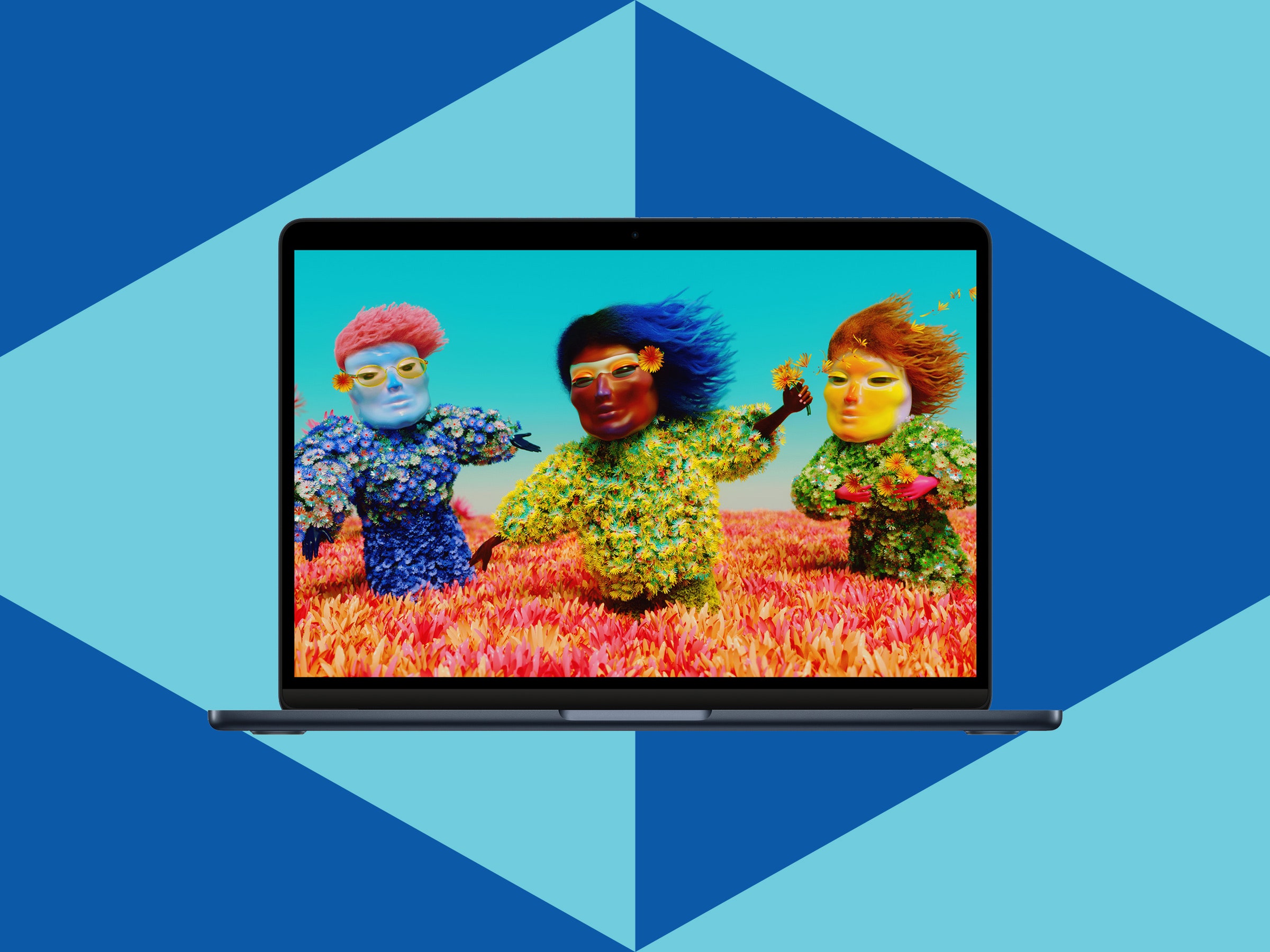In 2012, I walked into an Apple Store to buy a MacBook for college with all of the money I earned from my summer job. I set a budget under $1,000 and was on a mission to find the perfect laptop for a soon-to-be journalism major. A store clerk pointed me toward the 11-inch MacBook Air and said, “It's light! It's portable! It's perfect for writing stories on the go!” He was right. It powered me through four years of classes, internships, and a stint at my college paper.
I'd be lying if I said I wasn't envious whenever I saw another student carrying around a MacBook Pro. I always felt like I was settling for the Air—sacrificing some features I thought I needed for portability. But a decade later, I couldn't feel more different. The new 2022 MacBook Air actually offers more than the new 13-inch MacBook Pro, including a slick new design, a bigger and brighter display, MagSafe support (yes, it's back!), and a 1080p webcam.
With these upgrades comes the inevitable increase in price. The base MacBook Air now starts at $1,199 (you can still get the 2020 M1 MacBook Air for $999). It's still no MacBook Pro, which has a nicer selection of ports and more raw power, but after all these years, the Air is still light, portable, and perfect for writing stories on the go.
Gone are the days of the signature wedge design on the MacBook Air. The new model now has the same boxy chassis as the latest high-end MacBook Pro models, which in my eyes gives it a more sophisticated look. But it's much lighter. At just 2.7 pounds, I tend to lift it with too much force because I'm not used to carrying around such a lightweight machine. (It's thinner and lighter than the 2020 MacBook Air too!)
It might share a similar look, but sadly, you won't get the same connectivity upgrade. The new MacBook Air only has two USB-C ports, a 3.5-mm headphone jack, and—thankfully—a MagSafe port for charging. (No HDMI or SD card slot.) As someone who mainly uses a MacBook for writing, emails, video calls, and Netflix, the lack of ports didn't bother me, but it would have been nice.
If you're coming from an older Air or 13-inch MacBook Pro, you'll likely most appreciate the new display. Sort of. It's still an LCD panel stuck at 60 Hz, but Apple has bumped the brightness a smidge, and I had zero trouble reading the screen when I worked outside in my backyard. The screen size also goes from 13.3 to 13.6 inches, thanks to slimmer borders around the display. It sounds like a small boost, but I noticed (and appreciated) the larger real estate. Annoyingly, this MacBook can still only connect to one external monitor (a limitation on the M1 MacBook Air as well). Not great if you want to reap the benefits of a multiscreen setup.

